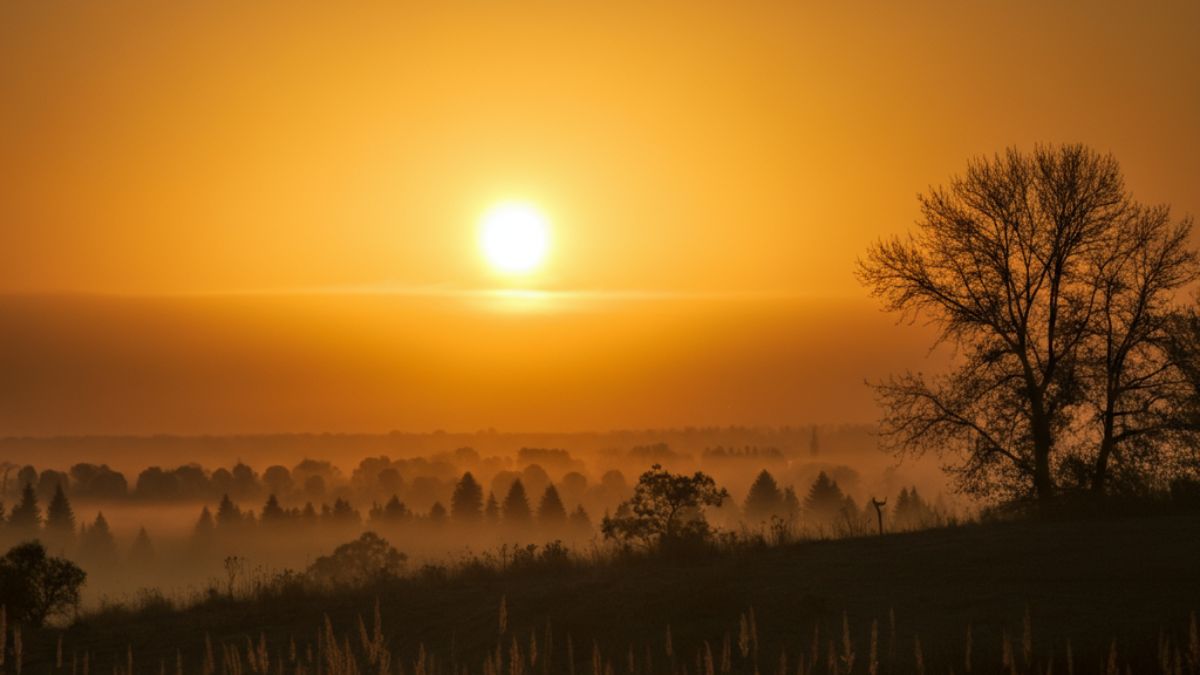There’s something truly magical sunrise about the early morning hours when the world is still waking up. The sky transforms into a canvas of vibrant colors, and as the sun rises, it paints breathtaking scenes that are nothing short of mesmerizing. For photographers and nature lovers alike, capturing this moment can be an exhilarating experience.
Imagine standing on a quiet beach or atop a serene mountain, with your camera in hand, waiting for that perfect burst of color to light up the horizon. Whether you’re an experienced photographer or just someone who loves to appreciate nature’s beauty, knowing how to seize these moments can elevate your outdoor adventure.
From understanding what makes sunrises unique to honing your photography skills and mastering editing techniques, there’s much to explore. With the right preparation and knowledge at your fingertips, you’ll soon find yourself able to capture stunning sunrise shots that reflect both artistry and emotion. Let’s dive into some essential tips for making those golden hours unforgettable!
Understanding Sunrises and Sunsets
Sunrises and sunsets are two of nature’s most captivating spectacles. Each offers a unique experience, but both share the same enchanting transition of light that transforms the sky into a kaleidoscope of colors. Understanding this phenomenon can enhance your appreciation and photographic skills.
As the sun rises, it casts warm hues—pinks, oranges, and reds—that gradually brighten the landscape. This early light creates soft shadows that add dimension to your photos. The atmosphere is often calm during these hours, enhancing the serenity of your surroundings.
Conversely, sunsets bring about dramatic changes as daylight fades away. Colors deepen and intensify in a breathtaking display before darkness takes over. It’s during this time that clouds can hold onto vibrant tones longer than expected.
The position of the sun also varies throughout the year due to Earth’s tilt and orbit around it. This means different areas will offer varied sunrise angles depending on seasons or geographical location.
Additionally, weather conditions play a crucial role in shaping what you’ll see at dawn or dusk. Clear skies provide stunning visuals while cloud cover can result in diffused lighting for equally striking shots filled with moodiness.
Planning Your Sunrise Photography Adventure
Planning is essential for capturing a breathtaking sunrise. Start by choosing your location wisely. Research areas known for stunning views, such as beaches, mountains, or open fields. Think about the foreground elements that will add interest to your photos.
Next, check the weather forecast in advance. Clear skies often provide the best conditions for vibrant colors and dramatic lighting. However, don’t shy away from overcast days; they can create soft light that enhances mood.
Timing is crucial when hunting for sunrises. Aim to arrive at least 30 minutes before dawn to set up your equipment and scout out compositions. This way, you can witness the gradual changes in light as day breaks.
Consider using apps or websites that provide sunrise times and golden hour information specific to your chosen location. Knowing these details helps ensure you won’t miss those magical moments when colors explode across the sky.
Always have a backup plan in case of unexpected weather changes or crowds at popular spots. Exploring less-traveled locations may lead you to unique perspectives and fewer distractions during this serene time of day.
Choosing the Right Equipment
Choosing the right equipment for sunrise photography can make a significant difference in capturing that breathtaking moment. First, consider your camera. A DSLR or mirrorless camera is ideal due to its versatility and image quality. However, even advanced compact cameras can yield stunning results if used correctly.
Next, lens selection plays a crucial role. A wide-angle lens allows you to capture expansive landscapes bathed in early light. Look for lenses with a low f-stop number to create beautiful depth of field effects and enhance the overall composition.
Tripods are essential when photographing sunrises since lighting conditions often require slower shutter speeds. A sturdy tripod will help prevent any unwanted motion blur while ensuring stability during those chilly morning hours.
Filters also deserve attention; polarizing filters can enhance colors and reduce glare from water surfaces or wet foliage. Graduated neutral density filters help balance exposure between the bright sky and darker foreground elements, allowing for more dynamic images.
Don’t forget extra batteries and memory cards! Sunrise shoots may last longer than anticipated as you chase different angles and light changes, so being prepared ensures you won’t miss that perfect shot.
Composition Techniques for Stunning Sunrise Photos
When capturing a stunning sunrise, composition is key. A well-composed photograph can transform a simple moment into a breathtaking piece of art. Start by considering the rule of thirds. Imagine your frame divided into three equal sections both horizontally and vertically. Position elements of interest along these lines or at their intersections to create balance.
Leading lines are another powerful tool in your composition arsenal. Look for paths, rivers, or even shadows that guide the viewer’s eye toward the horizon where the sun rises. This technique adds depth and invites viewers to explore your image.
Don’t forget about foreground interest! Including rocks, flowers, or other objects in the foreground can add layers to your photo and draw attention away from mere sky shots. It makes the scene feel more immersive.
Framing is also crucial when composing sunrise photos. Use trees, branches, or natural arches to encase your subject within an interesting border. This draws focus while adding context to the landscape.
Be mindful of negative space; it can enhance simplicity in a shot filled with vibrant colors and textures during sunrise hours. Sometimes less truly is more when you want those beautiful hues to shine through without distraction.
Editing Tips to Enhance Sunrise Photos
Editing plays a vital role in bringing your sunrise photos to life. With the right techniques, you can elevate your images and highlight the breathtaking beauty of that early morning light.
Start by adjusting the exposure. Sunrises often have high contrast between bright skies and darker landscapes. Use editing software to balance these elements so that both are visible without losing detail. A subtle increase in exposure can help illuminate shadows while retaining vibrant highlights.
Next, consider enhancing colors. Increasing vibrance or saturation can make those warm hues pop even more against cool tones in the foreground or background. Be cautious not to overdo it; you want your image to feel natural rather than artificial.
Don’t forget about cropping and straightening your photos for better composition. Sometimes, removing distractions from edges can sharpen focus on your subject—the sunrise itself or its reflection on water might be what draws viewers’ eyes most effectively.
Explore filters sparingly if you’re aiming for a specific mood—perhaps a soft glow effect to mimic golden hour warmth or cooler tones for an ethereal look. Each adjustment should serve to enhance what’s already beautiful about dawn’s first light.
With thoughtful editing, you’ll transform stunning captures into mesmerizing works of art that encapsulate the magic of sunrises beautifully.







